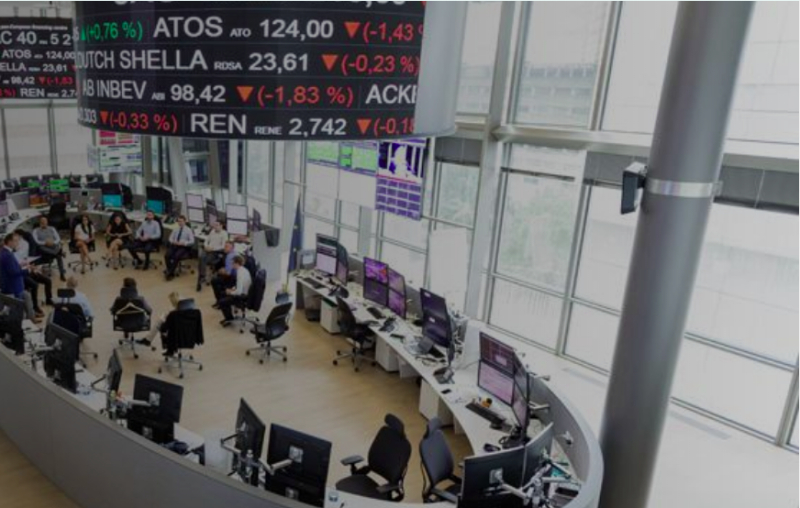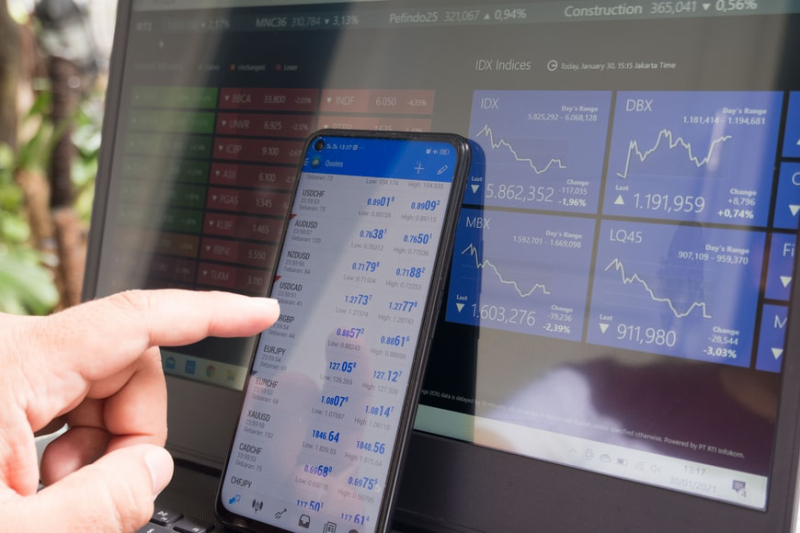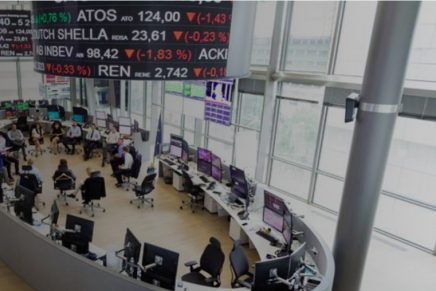If you’re like most people, you have a vague idea of what an ETF is but don’t understand how they work. In this article, we will break down the different types of ETFs and explain how they can be used to meet your investment needs. We’ll also discuss the pros and cons of investing in ETFs so that you can make an informed decision about whether or not they are proper for you.
The Basics
An ETF is a type of investment fund that holds assets such as stocks, bonds, or commodities. ETFs are traded on exchanges just like individual stocks, and they can be bought and sold throughout the day.
Let’s take a look at the main types of ETFs:
Diversified Passive Equity ETFs
Diversified passive equity ETFs are funds that track a particular market index. For example, the S&P 500 is an index that tracks the performance of 500 large U.S. companies. An ETF that tracks the S&P 500 would invest in stocks from these companies in proportion to their weighting in the index.
Active Equity ETFs
Active equity ETFs are funds that invest in individual stocks, rather than tracking an index. These ETFs are managed by a team of professionals who make decisions about which stocks to buy and sell.
Fixed Income ETFs
Fixed-income ETFs invest in bonds or other types of debt instruments. They can be used to achieve many investment goals, such as income generation, capital preservation, and portfolio diversification.
Asset Allocation ETFs
Asset allocation ETFs are funds that invest in a mix of different asset types, such as stocks, bonds, and commodities. This type of ETF can be used to achieve your investment goals. For example, an investor who wants to maintain a moderate risk level might use an asset allocation ETF that is tilted towards equities.
Commodity ETFs
Commodity ETFs invest in physical commodities, such as gold, silver, oil, and wheat. They can be used to achieve the quest, like hedging against inflation or achieving portfolio diversification.
Niche Passive Equity ETFs
Niche passive equity ETFs are funds that track a specific sector or industry. For example, the technology sector, the healthcare sector, or the energy sector. These ETFs can be used to achieve a variety of investment goals, such as gaining exposure to a particular market segment or hedging against economic downturns.
How Do They Work?
ETFs are created when an investment company buys a group of assets and pools them together into a fund. Investors can then buy shares in the ETF, which gives them a proportional share of the fund’s assets.
The value of ETF shares will change throughout the day as the price of the underlying assets fluctuates. However, because ETFs are traded on exchanges, you can buy or sell them at any time just like individual stocks.
Pros and Cons
ETFs have become very popular in recent years because they offer several advantages over traditional mutual funds:
- ETFs are tax-efficient. This means that you don’t have to pay taxes on capital gains until you sell your shares.
- ETFs can be bought and sold throughout the day, which gives you more flexibility than mutual funds.
- ETFs have lower fees than mutual funds.
However, there are also a few potential downsides to investing in ETFs:
- Because ETFs trade on exchanges, they can be more volatile than mutual funds. This means that their value can fluctuate more widely from day to day.
- Not all ETFs are created equal. Some invest in specific sectors or industries, while others track indexes. Make sure you understand what the ETF is investing in before buying it.
How to Find an Investment Platform?
When you’re ready to invest, you’ll need to find an ETF trading platform in the UAE. There are several different platforms available, and each has its own set of features and fees.
Here are some things to consider when choosing an investment platform:
- What type of investments do they offer? Some platforms only offer mutual funds, while others offer numerous investment options, including ETFs.
- What are the fees? Platforms typically charge a fee for each transaction, as well as annual fees. Make sure you understand all of the taxes before you sign up.
- What type of customer support do they offer? If you have any questions or problems with your account, you’ll want to be able to get help quickly.
- What are the minimum investment requirements? Some platforms require a minimum initial investment, while others don’t.
- Is the platform insured? If something goes wrong with your account, you’ll want to know that your money is safe.
ETF vs. Mutual Fund
So, which is better: ETFs or mutual funds?
The answer depends on your circumstances. Here are a few things to consider:
- If you’re looking for a tax-efficient way to invest in stocks, ETFs are a good option.
- If you want more flexibility than mutual funds offer, then ETFs are a good choice.
- If you’re looking for a low-cost way to invest in stocks, ETFs are the better option.
However, if you’re looking for a diversified investment that includes bonds and other asset types, then a mutual fund might be a better choice. And finally, remember that not all ETFs are created equal. Some are more volatile than others, so do your research before investing.
Summary
In this article, we’ve explained what ETFs are and how they work. We’ve also discussed the pros and cons of investing in them. So, you can make a proper decision about should you invest in these or not.

photo credits @euronext paris








